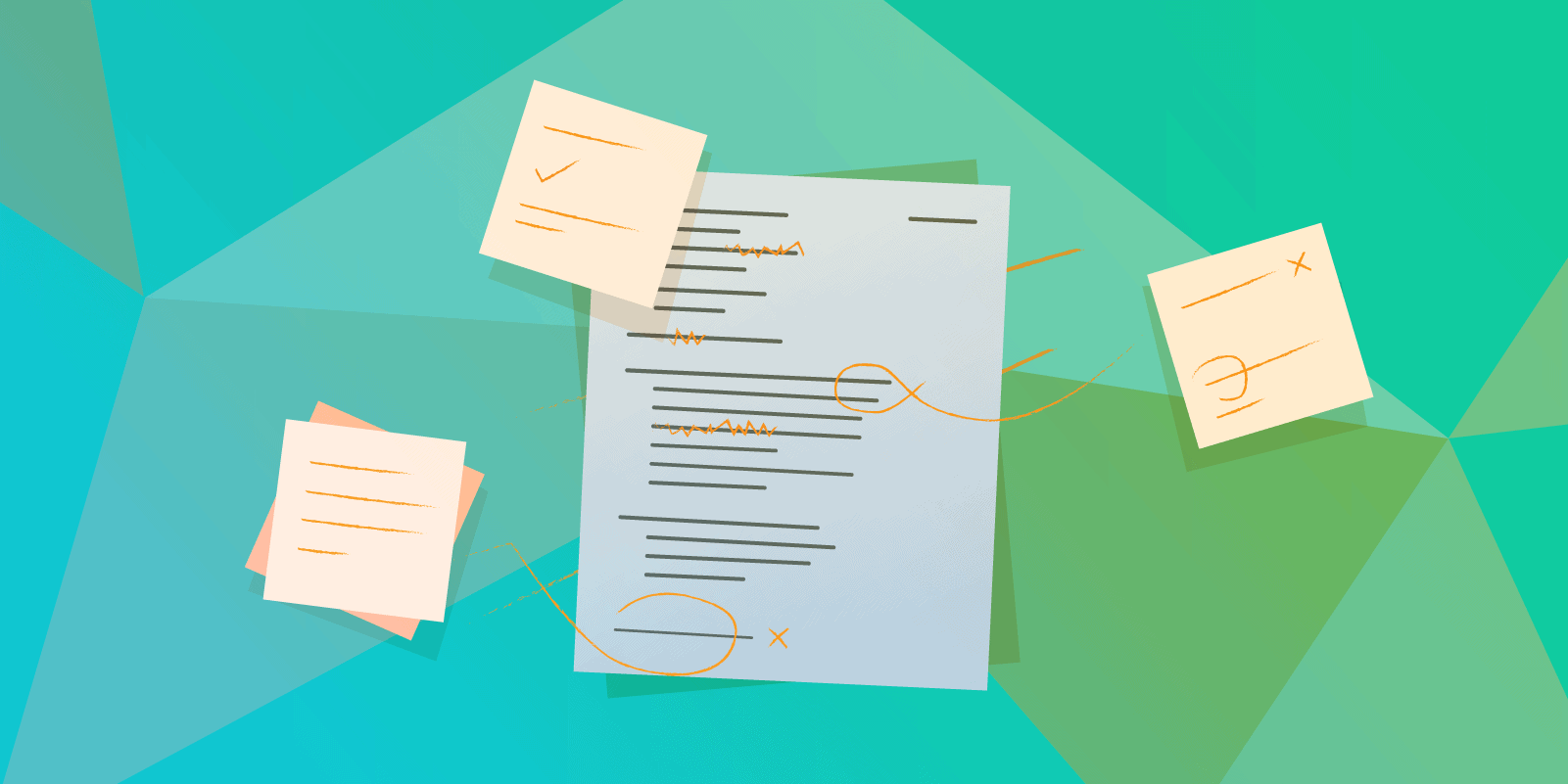When I first joined Dyspatch, back in 2015, we had 10 employees. Our small size made it easy to communicate expectations across the company. Our definition of ‘team’ was pretty fast and loose, we had a daily all-hands stand-up that every individual spoke at, and as far as Human Resources (HR) or a code of conduct were concerned, things were pretty much left at, “Don’t be an asshole”.
Fast forward three and a half years, and we now have 40 employees across two countries. And we’re still growing. As the company grew, we realized that what worked for 10 doesn’t work for 40. We took a hard look at what we were doing to protect ourselves and our team, and decided we needed to create a company Code of Conduct.
After we raised Series A funding, we increased our headcount very quickly and realized that our approach to HR needed to adapt. It didn’t make sense for us to rely on the fact that everyone could just talk about any issues or ask for any clarification they needed. We needed to document and communicate both our expectations of employees as well as what employees could expect from us and put it in an easily accessible format for everyone — new hires, current employees, and managers — to reference day-to-day.
At the forefront of all this was the creation of a comprehensive Code of Conduct that would serve as the framework, a source of direction, for all HR policies. If an employee is uncertain about a behaviour, message, or situation, they can reference the Code of Conduct. Our Code of Conduct morphed from a section of our original employee handbook, titled Expectations. It was basically a slightly fleshed out version of “don’t be an asshole” but nothing comprehensive.
Building a Code of Conduct can be a daunting task. What do you include? Who builds it? Why is it important? We went through many iterations of our Code of Conduct, the first of which was just a statement not written down anywhere. The second was that set of expectations in our old handbook, which are still a part of our Code of Conduct, but have been expanded and adjusted.
Now, we have a comprehensive Code of Conduct that covers:
General Conduct:
Guidelines for how we expect team members to behave day in and day out.
Discrimination and Harassment:
We have a zero tolerance policy. Employees can refer to the Discrimination and Harassment Policy for more detail.
Diversity and Inclusion:
Our promise never to discriminate against a team member or candidate.
Legal Obligations:
There are laws in place that differ from country to country and we expect team members to adhere to those laws and legal obligations.
Conferences and Events:
Expectations for how team members behave at any conference or event when representing our company.
Customers:
Expectations of how to interact with customers but also makes it clear that no customer has the right to abuse a team member.
Confidentiality:
All team members are expected to treat the data they have access to in a professional manner.
Drugs and Alcohol:
Focuses on impairment at work and using proper judgement when consuming alcohol at work. Now that cannabis is legal in Canada, this is also covered.
Reporting:
How to report an issue, anonymously or not, and the expected timeline for the issue to be addressed. It also prohibits any kind of retaliation against a team member for reporting an issue.
In the end, our Code of Conduct was built in collaboration with all stakeholders, with the Operations team receiving feedback every step of the way. Our Code of Conduct helps set the tone and direction for any new HR policies going forward.
